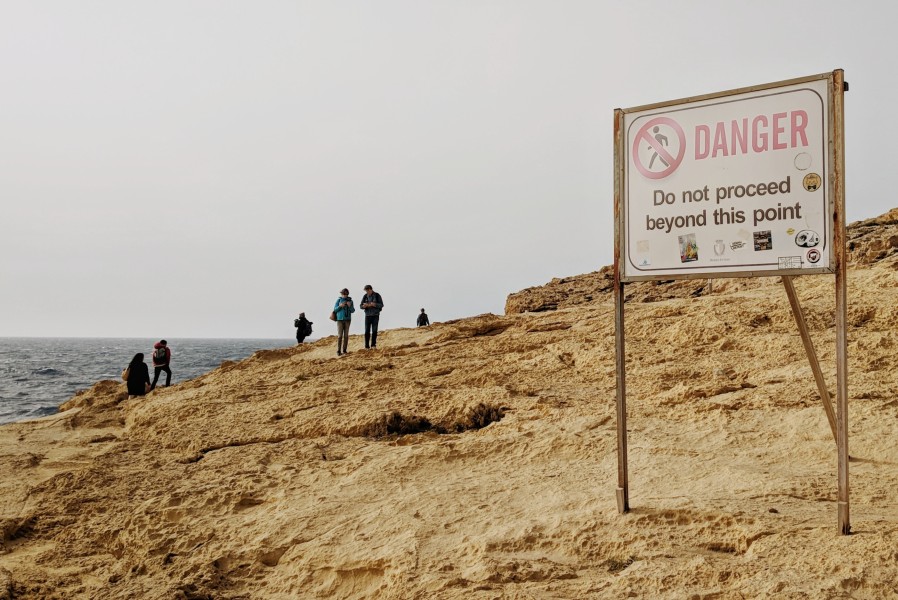Risk Management Within Infrastructure/Construction
The construction industry is no stranger to risks, from unforeseen challenges to site-specific factors that could delay a project’s completion. Effective risk management is crucial in ensuring a successful construction project. Two popular methodologies in risk management are Quantitative Risk Analysis (QRA) and Quantitative Schedule Risk Analysis (QSRA). This insightful article will discuss how these methodologies can help mitigate risks and provide realistic forecasts for construction and infrastructure projects.
QRA Methodology
Quantitative Risk Analysis (QRA) is a powerful forecasting approach designed to identify probable project outcomes, cost or schedule estimates, and the required contingency. It aims to create accurate projections of possible results for an informed prediction of how your project may pan out.
The technique involves analysing various risks and estimating the probability and impact of those risks on project outcomes. QRA uses a combination of historical data, expert judgement, and mathematical models to estimate the probability of various outcomes and the associated costs. The result is a more accurate estimate of the project’s cost and schedule, which can help project managers make better decisions.
Project contingency has often been set with an arbitrary figure. However, this approach needs to provide insight into why such a number is applied and may not be more to cover potential risks associated with the project. With Quantitative Risk Analysis (QRA), however, risk contingencies can be calculated more accurately based on identified risks after assessing the impact of each one individually and creating mitigation strategies accordingly.
One of the key benefits of QRA is that it provides a more realistic view of project outcomes. This helps project managers to set more accurate budgets, schedules, and contingency plans. With a more precise understanding of the risks associated with a project, project managers can better allocate resources, manage stakeholder expectations, and mitigate risks before they become significant issues.
Another advantage of QRA is that it can be used to support decision-making at various stages of the project. By analysing the risks associated with different options, project managers can make informed decisions on project scope, resource allocation, and budgeting. This helps to ensure that project resources are used effectively and that the project remains on track to meet its objectives.
QSRA Methodology
Quantitative Schedule Risk Analysis (QSRA) is a risk management technique used to assess the probability of meeting key milestones and objectives in a construction project schedule. QSRA involves identifying potential risks and uncertainties that could impact the project timeline and quantifying their potential impact on the schedule.
The process of QSRA begins with developing a deterministic project schedule, which serves as the baseline for the analysis. All stakeholders should review and agree upon the schedule before being considered suitable for analysis. It is important to ensure the schedule is realistic and considers all relevant factors that may impact the project timeline.
Next, duration ranges for each line in the plan are established. These include the minimum (optimistic), most likely (deterministic), and maximum (pessimistic) durations. Again, a 2-point range (min to max) may be sufficient depending on the distribution type selected.
The project risk register is also a critical input for QSRA. The risk register should include a list of potential risks and their associated probability and impact values. The risk register should also include any planned management actions that may be taken to mitigate risks.
During a QSRA workshop, stakeholders can review the analysis inputs and establish several parts of the analysis, such as risk impact mapping and duration uncertainty. The project team must ensure that the duration uncertainty estimates do not account for the impact of risk and should account for only the inherent uncertainty in estimating the activity duration.
Once the inputs have been established, the QSRA analysis can be conducted. The analysis involves simulating the project timeline using simulation techniques to account for the effects of uncertainty and risk. This allows the project team to identify the probability of meeting key project milestones and objectives.
The results of the QSRA analysis can be used to make informed decisions about the project schedule and to identify potential risks and uncertainties that may require additional mitigation. The analysis can also help to quantify the schedule benefits of timely interventions.
Conclusion
Effective risk management is essential in the construction industry, particularly in constructing critical infrastructure. QRA and QSRA methodologies can help identify potential risks, quantify their impact, and develop effective mitigation strategies. The benefits of using these methodologies include increased project success rates, improved resource allocation, and more informed decision-making. As such, construction and infrastructure companies need to adopt these methodologies in their risk management processes to ensure the success of their projects.


